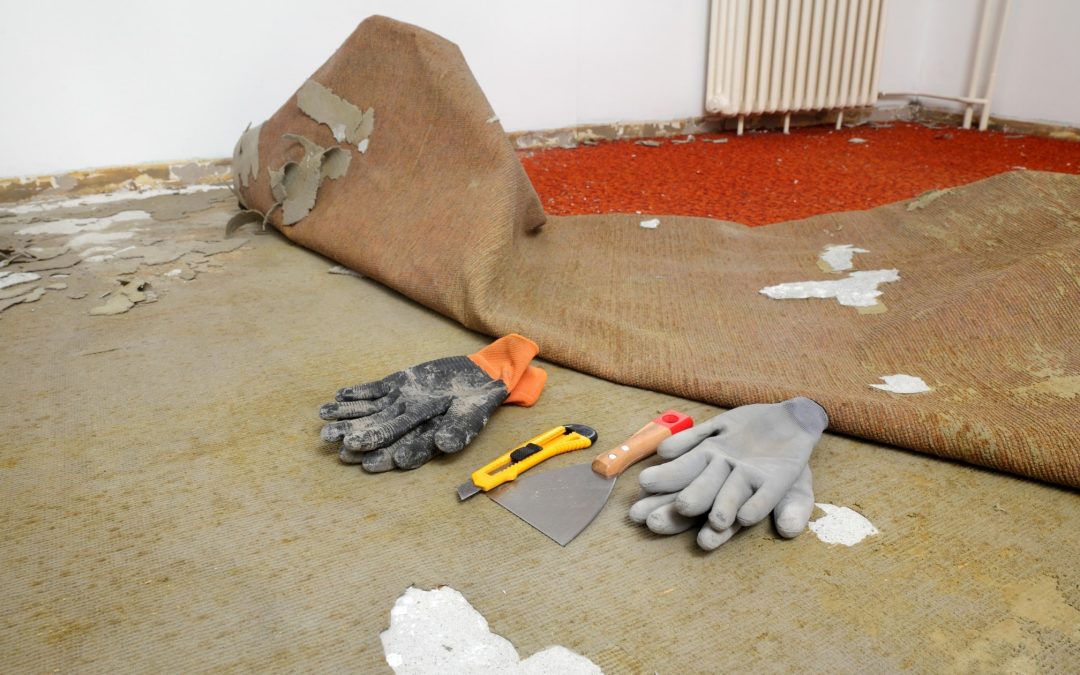Your carpet plays a vital role in your home, enduring years of daily foot traffic while adding style, warmth, and comfort to your living space. However, even the most durable carpets will show signs of wear and tear over time. So, how do you know when to replace your carpet? Are those stains, fraying edges, or lingering odors enough to justify an upgrade? Or could a deep cleaning buy you a little more time?
In this guide, we’ll explore the telltale signs that your carpet may be reaching the end of its lifespan, discuss the many benefits of upgrading to a new one, and offer tips on making the replacement process smooth and stress-free. Whether you’re looking for better durability, improved aesthetics, or enhanced comfort underfoot, this guide will help you decide if it’s time to invest in a fresh start for your floors.
Why Consider a Replacement of Carpet?
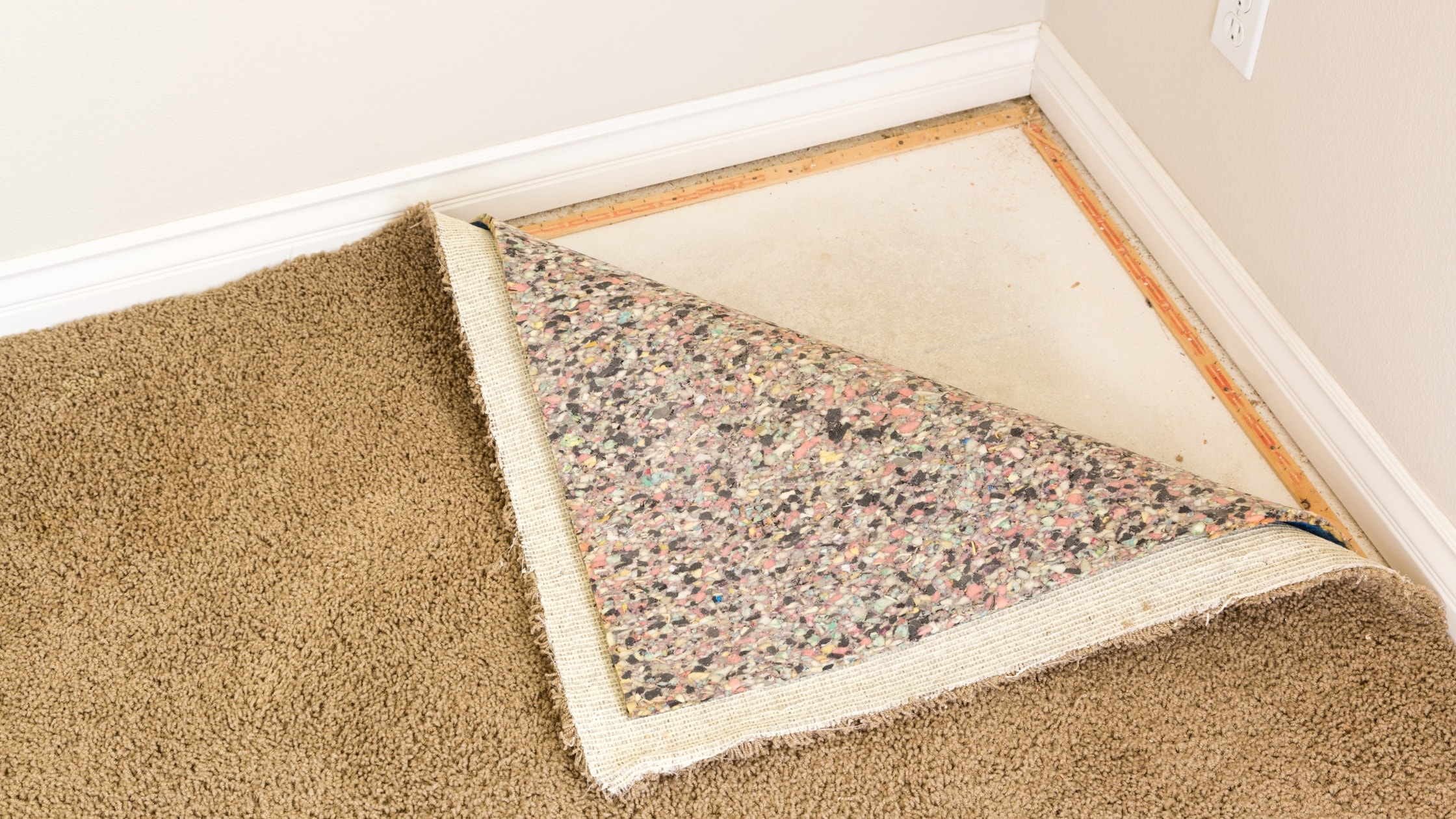
Signs It’s Time to Replace Carpet
Visible Wear and Tear: Have you noticed frayed edges, thinning fibers, or worn-down carpet areas? These indicate that the carpet’s durability has significantly diminished over time. High-traffic areas are especially prone to this kind of damage, and once the wear becomes too extensive, it can make your carpet look outdated and tired, no matter how clean it is.
Persistent Stains and Odors: Are there stains and smells that won’t disappear, even with deep cleaning? Some spills and accidents leave permanent marks or lingering odors, especially if they seep deep into the carpet fibers or padding. When cleaning efforts no longer restore its appearance or freshness, it may be time to consider carpet replacement to bring a fresh look and scent back to your space.
Allergy Issues: Over time, carpets can trap allergens like dust, pet dander, pollen, and even mold spores, negatively impacting your home’s air quality. If you or your family are experiencing worsening allergy symptoms or respiratory issues, your old carpet could be the culprit. Replacing it with a new carpet—or even a non-carpeted flooring option—can help create a healthier and more comfortable living environment.
Quick tip: Did you know older carpet padding can lose its cushioning effect, making the entire floor feel uneven? Upgrading your carpet padding ensures better support beneath your feet.
Benefits of Carpet Replacement
Better Indoor Air Quality: Carpet replacement can significantly improve the air quality in your home by reducing allergens, dust, and asthma triggers. Over time, carpets trap particles like dirt, pet dander, and pollen, which can contribute to poor air quality. Installing or maintaining clean carpets ensures a healthier environment for your family, especially those with allergies or respiratory sensitivities.
Enhanced Aesthetic Appeal: A new carpet replacement can completely transform a room, instantly revitalizing outdated or worn spaces. It adds a touch of warmth, elegance, and style that can complement your home’s decor. With various colors, textures, and patterns, you can install carpet that perfectly matches your taste and enhances your interior design.
Greater Comfort: Modern carpet options go beyond looks—they are designed for exceptional comfort. With advanced carpet padding technologies, carpets provide superior shock absorption, which is ideal for high-traffic areas or homes with children. Additionally, they offer excellent sound insulation, reducing noise and creating a quieter, more peaceful living space. Whether walking barefoot or sitting on the floor, a good carpet adds a layer of coziness and comfort to your home.
Choosing the Right New Carpet
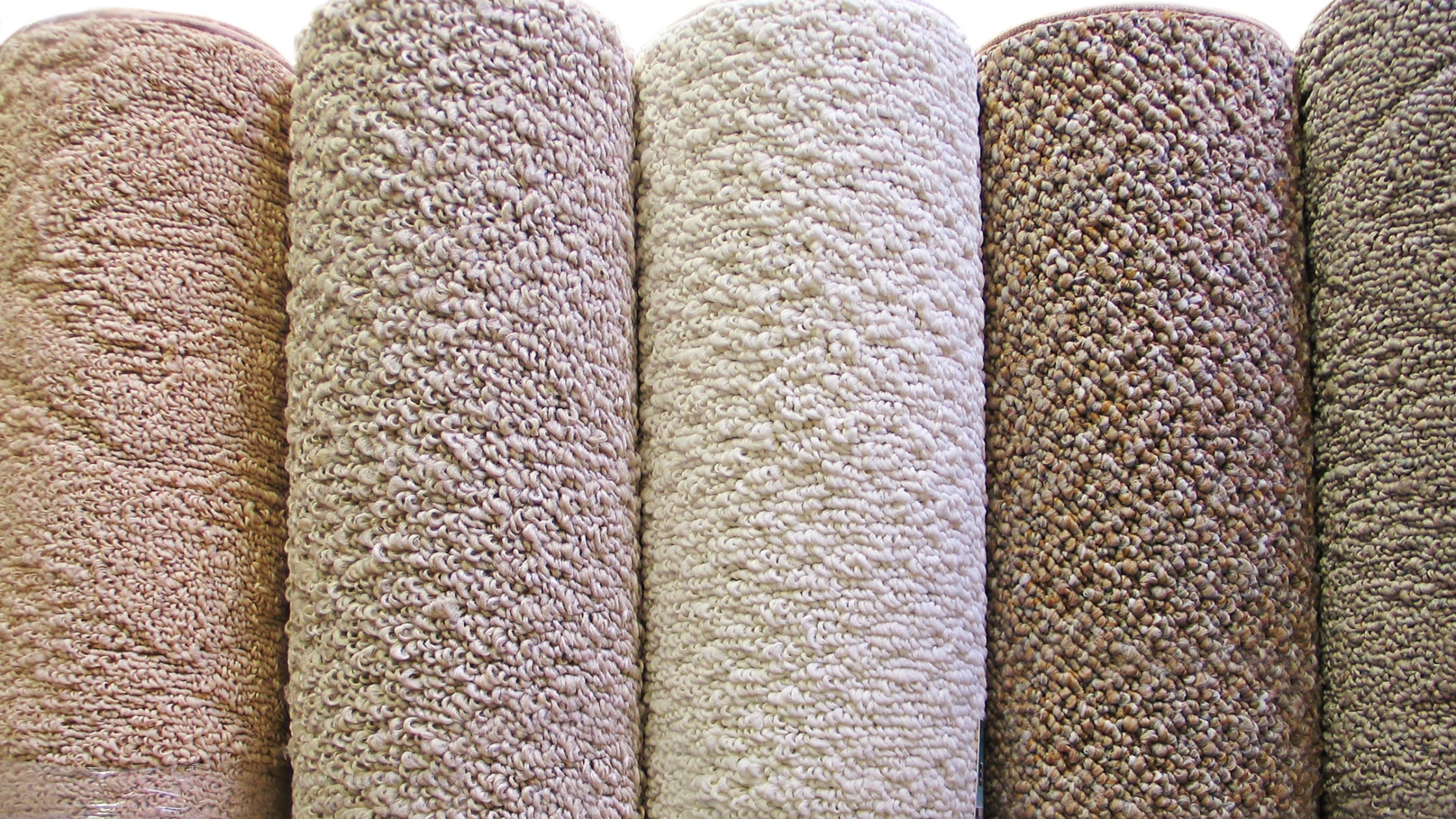
What to Consider
When choosing a new carpet, it’s important to consider durability, design, and material. Each of these factors plays a crucial role in the longevity, functionality, and style of your flooring. A well-chosen carpet can not only enhance the aesthetics of a room but also provide comfort and withstand everyday use.
Room Usage: Consider how the room will be used and how much foot traffic it will receive. Durability should be a top priority for high-traffic areas like hallways, living rooms, or entryways. Loop carpets, such as Berber, are an excellent choice in these spaces as they are designed to resist wear and tear while maintaining their appearance over time. These carpets are also great for homes with pets or children, as they are more resistant to stains and damage.
Aesthetic Goals: Beyond practicality, the design and appearance of the carpet are equally important. Patterned carpets can bring depth, personality, and visual interest to a space, creating a focal point or complementing your existing decor. On the other hand, plush or cut-pile carpets provide a soft, luxurious texture underfoot, making them perfect for bedrooms or spaces where you want to create a warm and inviting atmosphere.
By carefully considering these factors, you can select a carpet that meets your practical needs and design preferences, ensuring it enhances your home for years.
Types of Carpet
Here’s a quick overview of popular types to help you decide:
Plush Carpet: Soft, luxurious, and incredibly comfortable underfoot, making it an excellent choice for cozy spaces like bedrooms.
Berber Carpet (Loop Carpet): Highly durable with a textured loop design, perfect for high-traffic areas such as hallways or stairs where longevity is key.
Saxony Carpet: Known for its smooth, velvety finish, this carpet is ideal for living rooms, creating a polished and elegant appearance.
Patterned Carpet: Designed to add style, depth, and character, making it an excellent option for modern homes looking to make a statement.
Quick tip: Leftover carpet pieces? Use them as custom-made mats for high-use areas like doorways or the laundry room.
Understanding the Carpet Installation Process
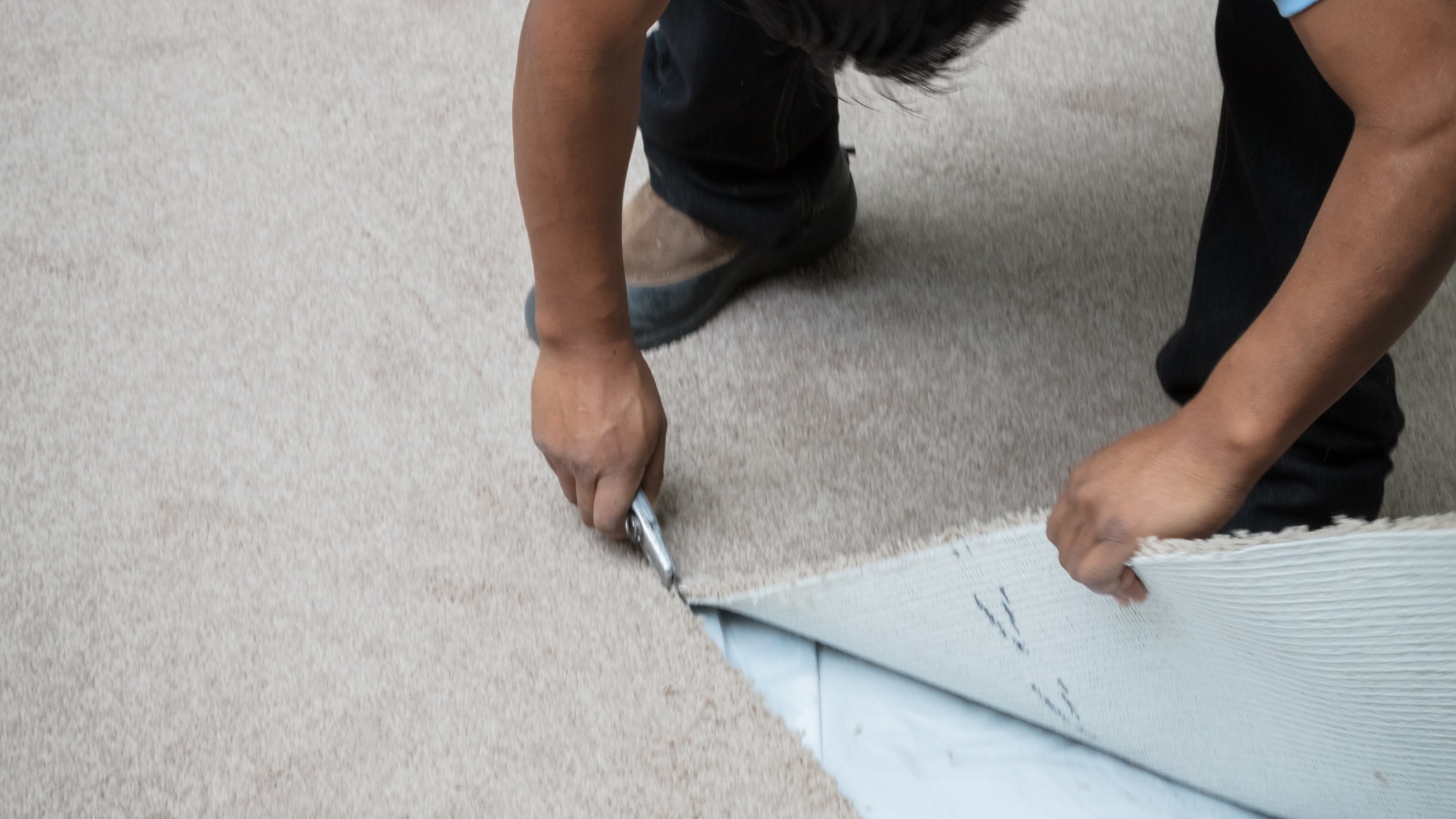
Carpet installation involves careful preparation:
Measuring and Planning: Start by measuring the room dimensions carefully to calculate the total square footage needed for your new carpet. This step helps ensure you purchase the correct amount of material and avoid unnecessary waste or shortages. Double-check your measurements and include any nooks or irregular spaces in the calculations.
Carpet Removal: Begin by carefully removing the existing flooring, which involves cutting it into manageable sections for easier removal. Roll up and discard the old carpet, then remove the carpet padding underneath. Next, remove the tack strips that secure the carpet along the edges. Be cautious during this step to avoid damaging the subfloor or injuring yourself on sharp objects.
Preparing the Subfloor: Once the old carpet and padding are removed, inspect the subfloor for any signs of damage, such as cracks, moisture, or uneven areas. Address any issues promptly, such as repairing cracks or replacing damaged sections. Clean the subfloor thoroughly to remove dirt, debris, and adhesive residue. Finally, ensure the surface is level and smooth to create a stable foundation for the new carpet installation.
To complete the process, you’ll need tools like a carpet knife, tack strips, and a carpet roller. If DIY isn’t for you, professional carpet installers handle the technicalities.
The Cost of Carpet Replacement
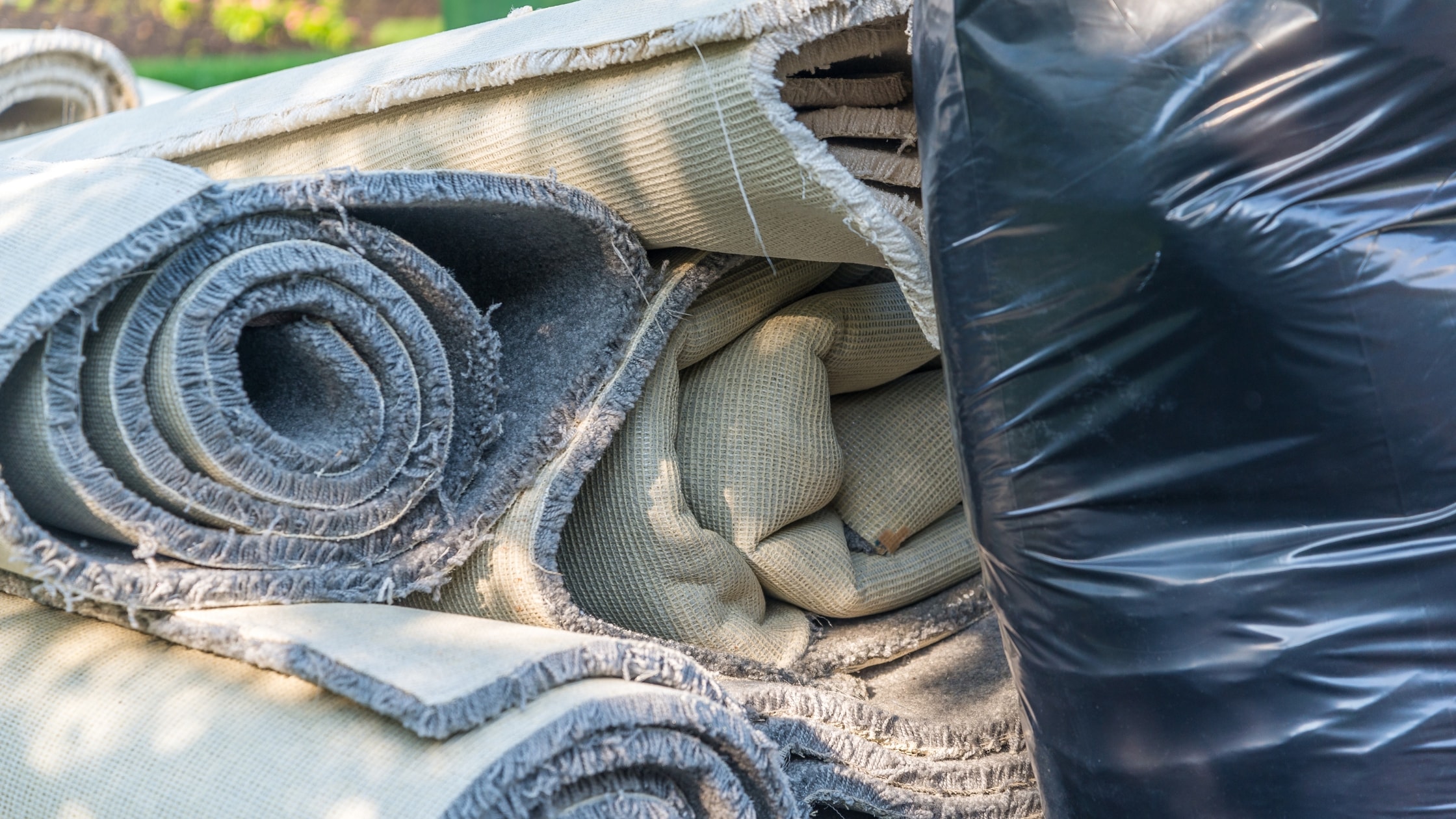
What Influences Installation Costs?
Three factors affect installation costs:
Carpet Material: The material of the carpet dramatically impacts its cost. For example, carpets with intricate patterns or designs, such as patterned carpets, are often priced higher due to the complexity of their production. The type of fiber used—wool, nylon, polyester, or another material—can also influence the price. Wool carpets, for instance, tend to be more expensive because of their durability and natural feel, while synthetic materials might be more affordable but offer varying levels of quality.
Installation Costs: Hiring professional installation services is crucial in ensuring the carpet is laid correctly, but these costs can vary widely. Factors such as the space’s size, the layout’s complexity, and the carpet material’s specific requirements can all impact pricing. To avoid overpaying, it’s a good idea to gather quotes from several reputable installers and compare their services to find the best fit for your budget and needs.
Additional Expenses: Beyond just the carpet and installation, there are other costs to consider that can add up quickly. Carpet padding or underlayment, which provides cushioning and prolongs the carpet’s life, is an essential component and comes at an additional cost. Similarly, if you’re replacing an old carpet, there may be fees for removing and disposing of the existing material. These minor expenses should be factored into your total budget to avoid surprises.
Budget-conscious? Consider loop carpets or mid-range materials for high performance at a lower cost.
Preparing for Carpet Installation
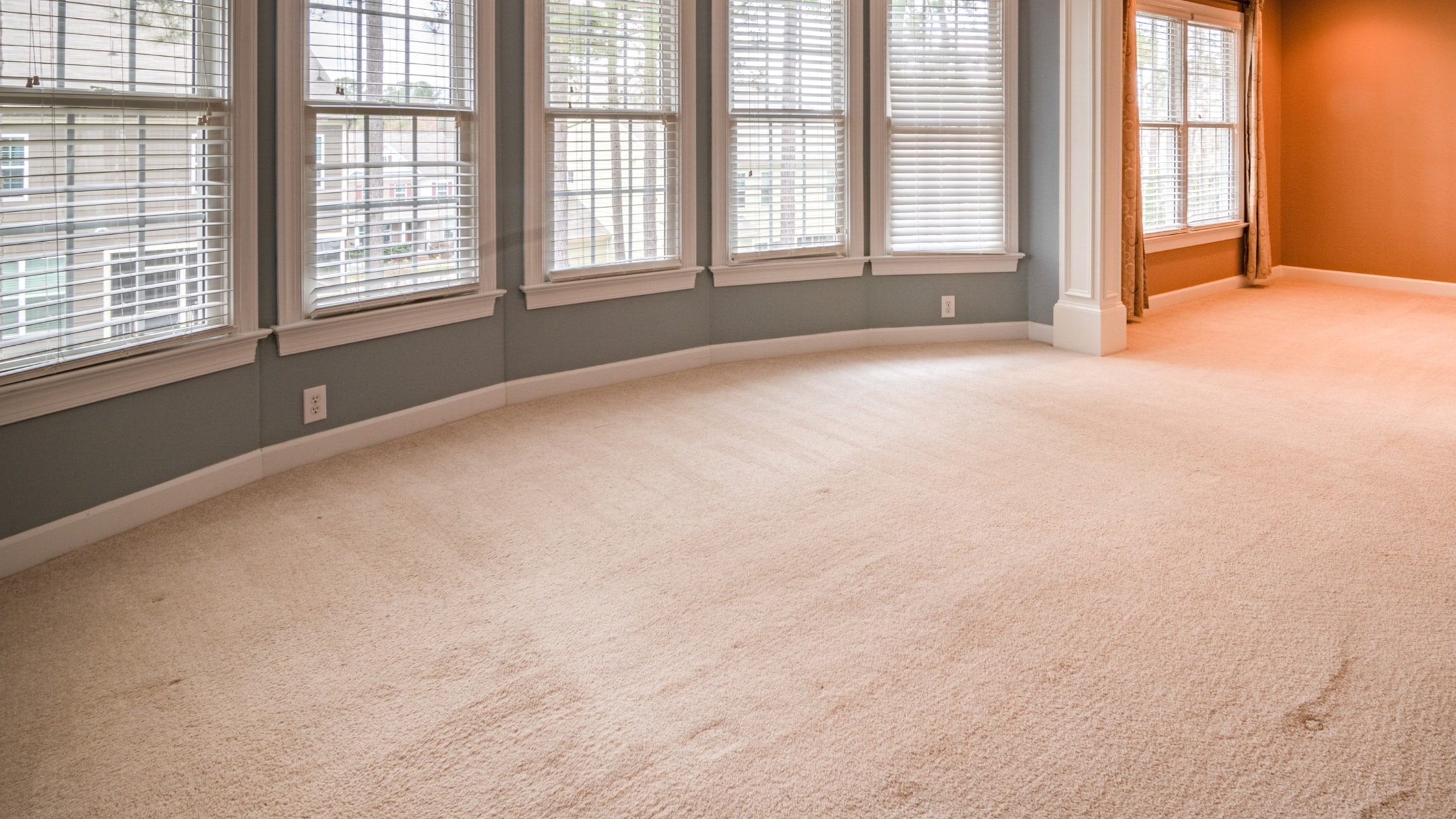
When you install carpet, proper preparation is key to ensuring a smooth and successful process. Taking the time to prepare everything in advance will save you effort and help the installation go as easily as possible.
Here are the steps to take before you install carpet:
Clear Furniture: Begin by removing all furniture and personal items from the area where the carpet will be installed. This includes larger items like sofas and tables and smaller objects like decorations, lamps, or rugs. Clearing the space ultimately allows installers to work efficiently and ensures nothing gets damaged during the process.
Remove the Old Carpet: If replacing an existing carpet, carefully remove and dispose of it properly. Once removed, look closely at the subfloor underneath to check for any dents, cracks, or other damage that may need to be repaired before the new carpet is installed. A solid, even subfloor is essential for the carpet to lay flat and last longer.
Vacuum the Concrete Slab or Subfloor: After removing the carpet, thoroughly vacuum the exposed subfloor or concrete slab to remove dust, dirt, and debris. Even tiny particles can interfere with the installation process or affect the smoothness of the new carpet. This step ensures a clean and solid foundation for the carpet adhesive or padding.
These simple yet crucial preparations will make the installation smoother and set the stage for beautiful, long-lasting results.
Quick tip: A clean subfloor ensures your new carpet adheres well and feels smooth underfoot.
DIY Carpet Installation Tips
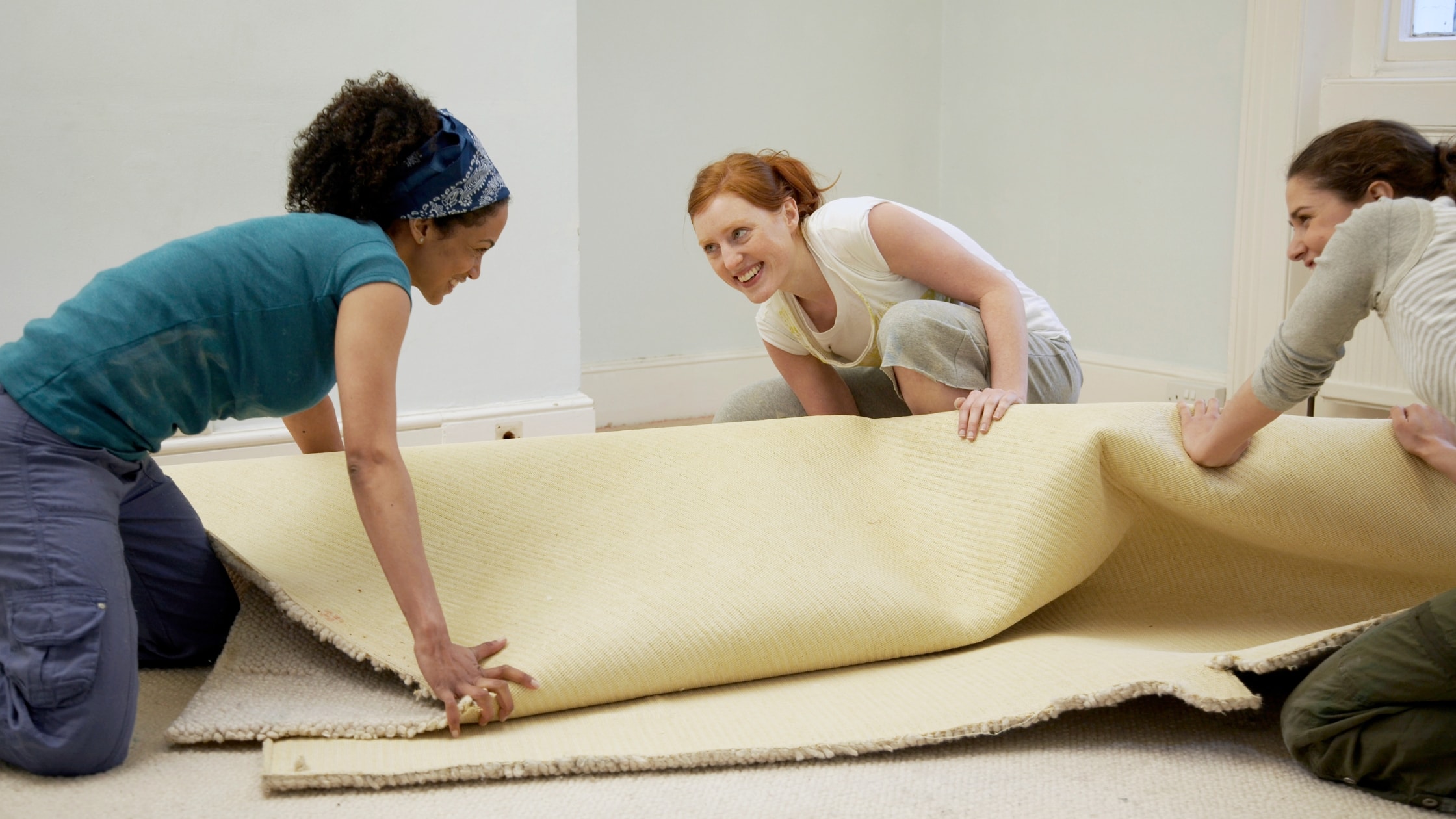
While it might seem like a great way to save money, opting for DIY carpet installation comes with its fair share of challenges that can lead to frustration and even long-term regrets. Improper installation can result in issues like wrinkles, uneven seams, or poorly secured tack strips, which can cause your carpet to wear out prematurely. These mistakes not only affect the carpet’s appearance but can also impact its durability and performance over time.
If you’re planning to tackle carpet installation independently, it’s important to have the right tools for the job. Start with a carpet knife to ensure precise cuts fit your space perfectly. A knee kicker is another essential tool—it helps stretch the carpet and secure it tightly into place, preventing wrinkles and loose areas. You may also need additional tools like a carpet stretcher, tack strip cutter, and seam roller to achieve professional-level results.
Even with the right tools, carpet installation requires skill, patience, and a keen eye for detail. If you’re not entirely confident in handling the process, consulting professional carpet installers is always a good idea. They bring expertise and experience, ensuring flawless results that will make your carpet look great and last for years.
While DIY projects can be rewarding, in this case, the investment in professional help may save you time, effort, and potential headaches down the line.
How to Increase a Carpet’s Lifespan
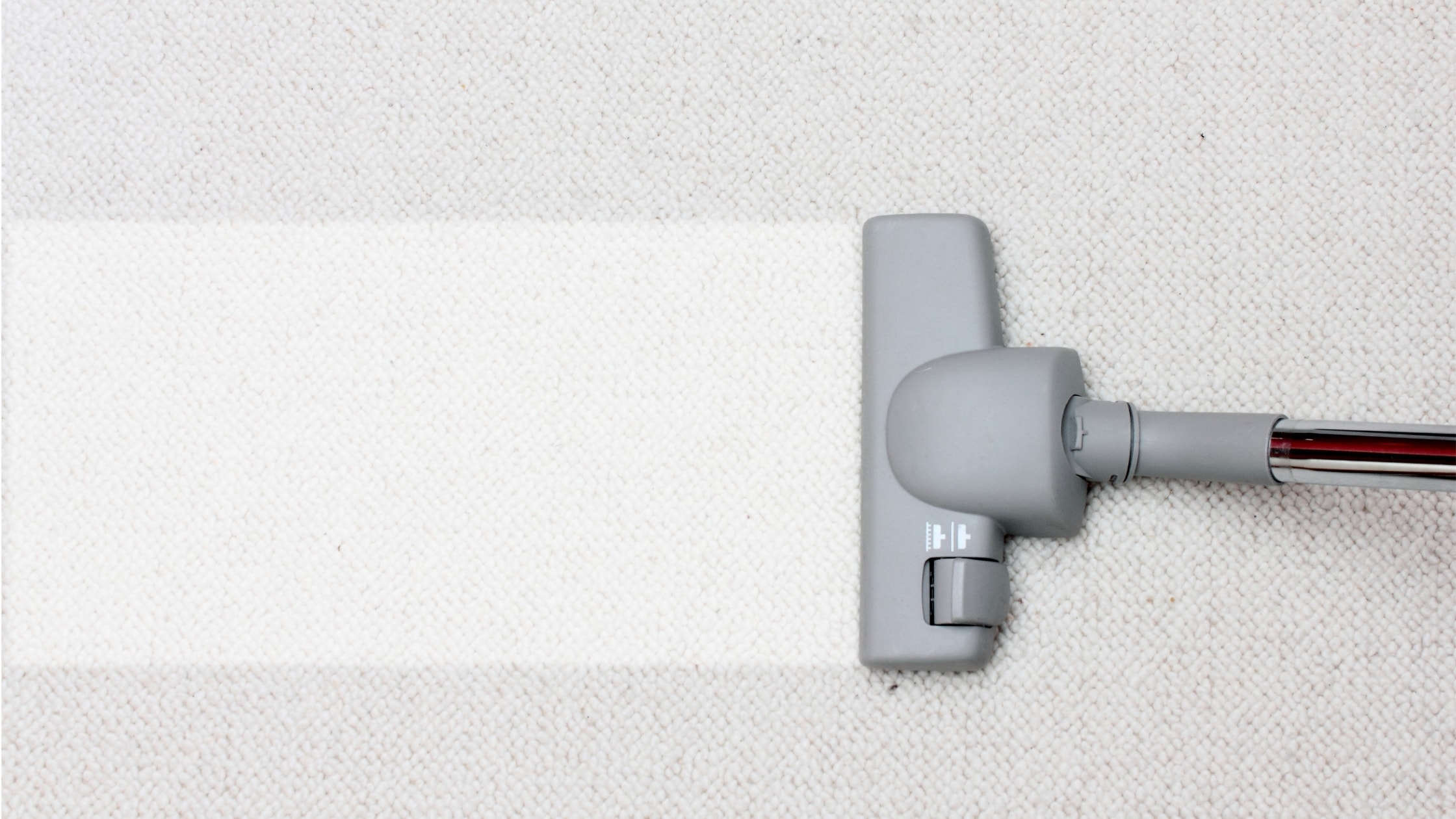
Extend the life of your new carpet with the following tips:
Vacuum Regularly: Make it a habit to vacuum your carpets at least once or twice a week to keep dirt, dust, and debris from settling into the fibers. Regular vacuuming not only keeps your carpets looking clean but also extends their lifespan by preventing particles from wearing down the material.
Handle Spills Immediately: Accidents happen, but addressing spills as soon as they occur can make a huge difference. Blot (don’t rub) the spill gently with a clean cloth to absorb as much liquid as possible. Use a mild carpet cleaner if needed to prevent stains from setting.
Schedule Professional Cleaning: Every 12-18 months, consider hiring professional carpet cleaners to deep clean and refresh your carpets. Professional cleaning removes built-up dirt and allergens that regular vacuuming can’t reach, restoring your carpet’s texture and vibrancy.
Make the Most of Your New Carpet
Replacing your carpet doesn’t just improve aesthetics—it enhances your home’s comfort, air quality, and overall value. To ensure a seamless process, select durable materials, work with professional carpet installers, and maintain your investment with routine care.
Need more info on installation or materials? Explore our expert carpet padding, or check out our installation tips.
Transform your living space today with the perfect new carpet upgrade!

